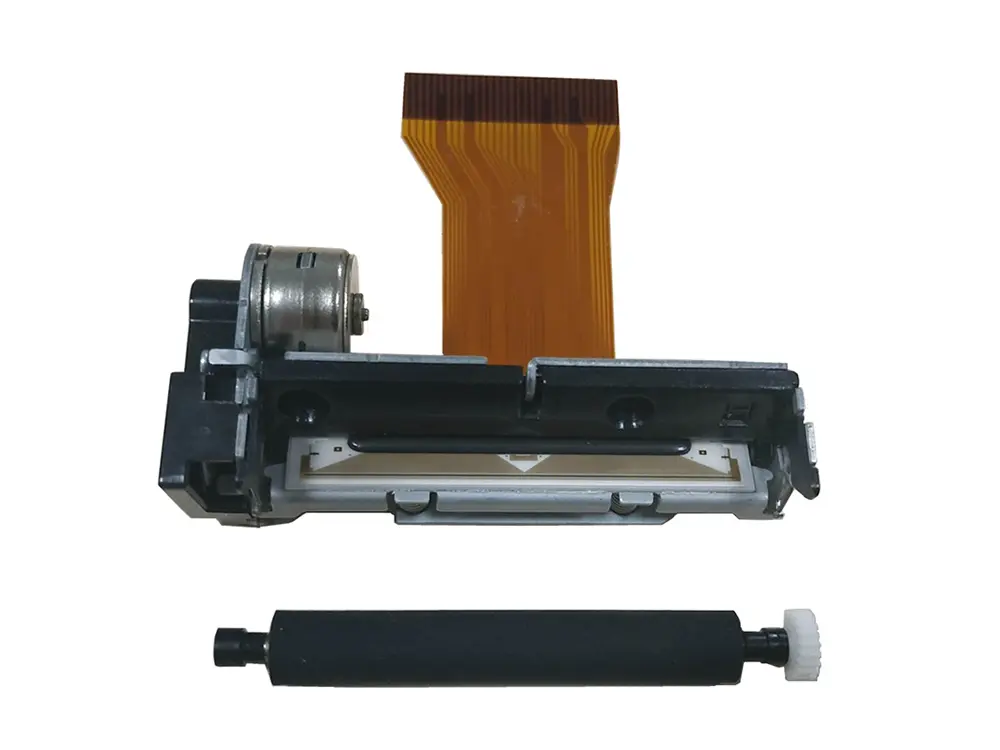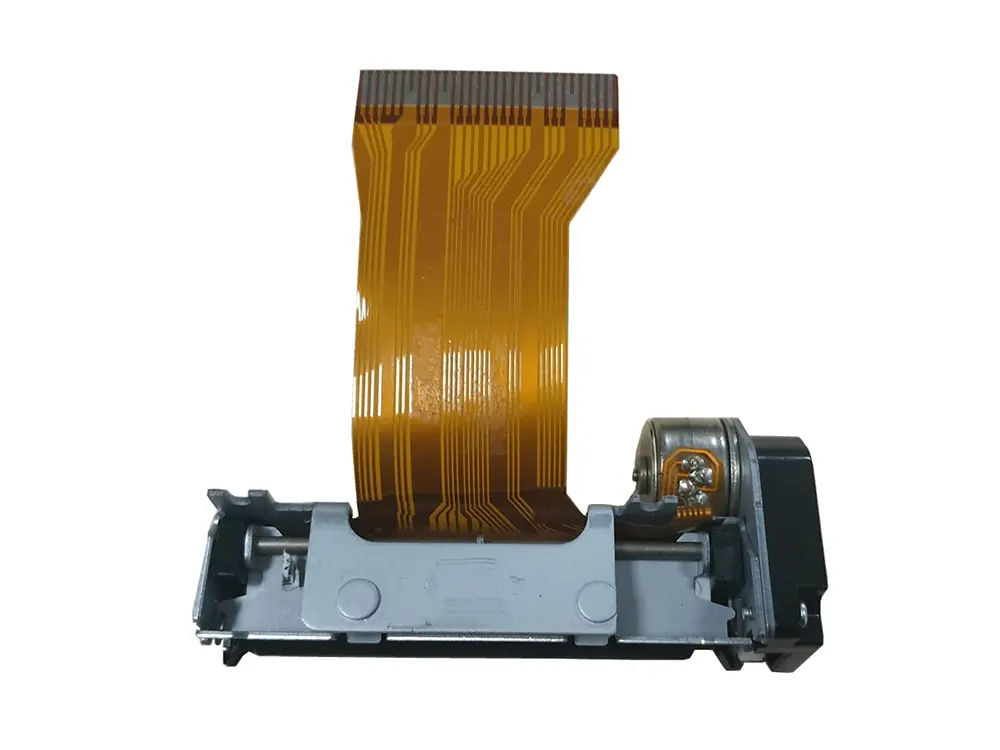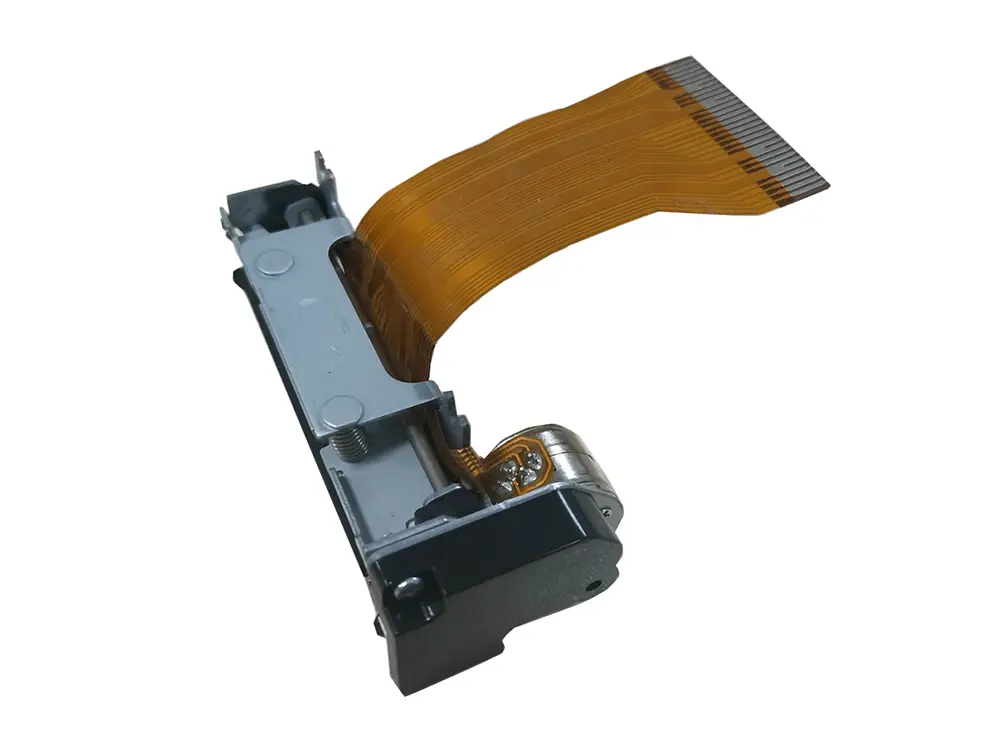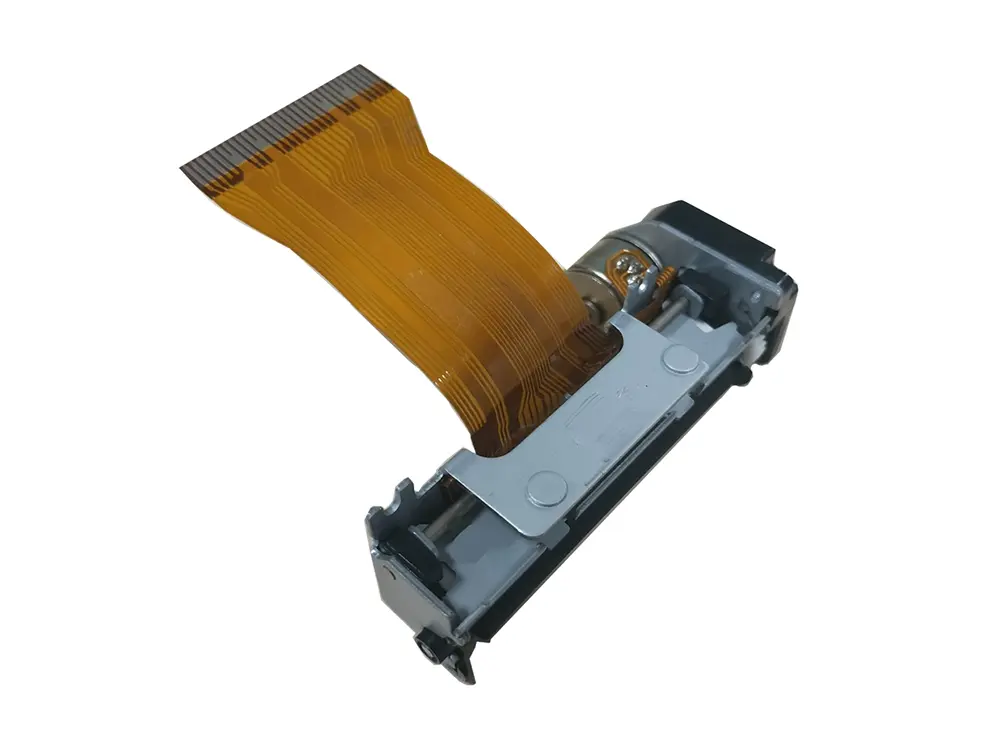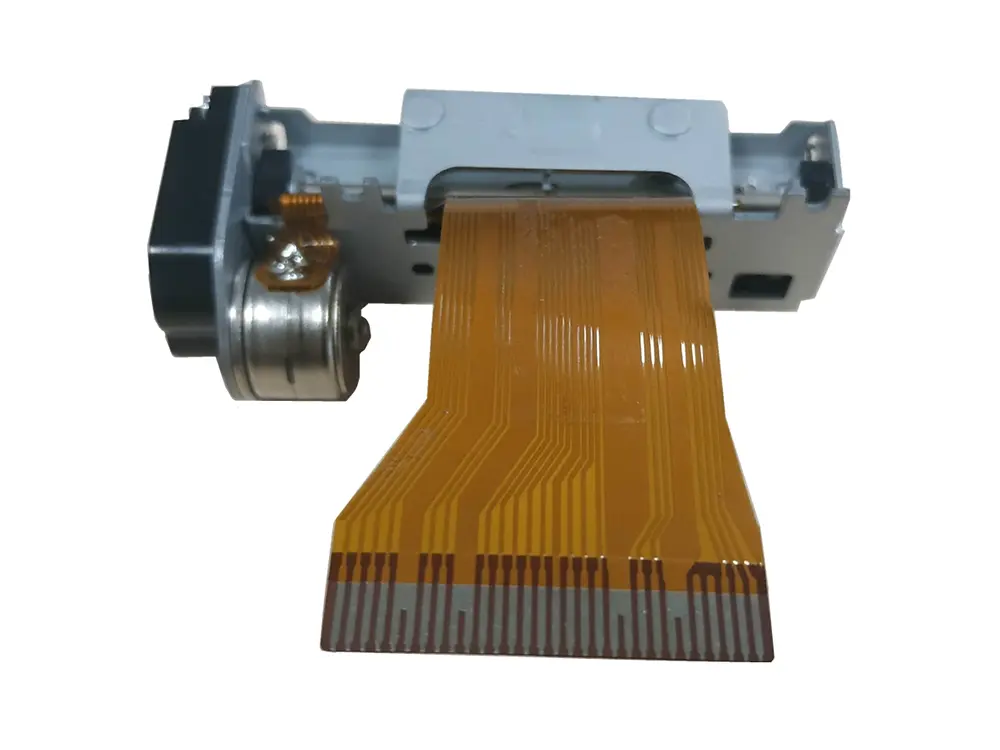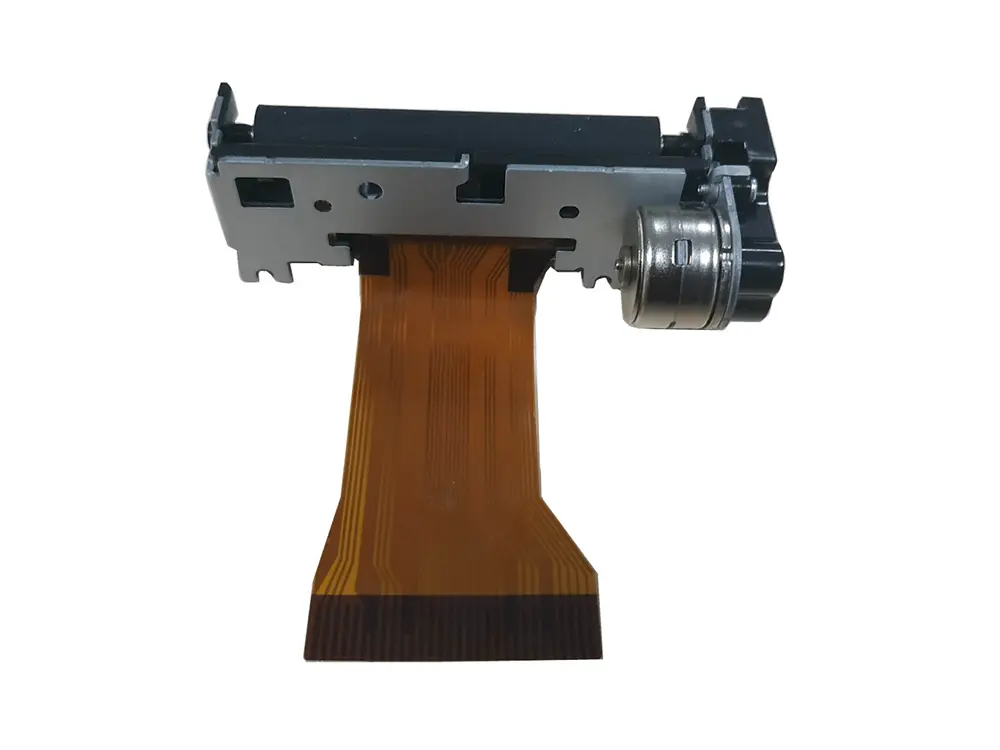TP173 thermal printer mechanism series(Compatible SEIKO LTPZ245D-C384-E)
Description
In industries such as POS systems, medical devices, and mobile equipment, the need for a low-voltage, compact, and high-performance print mechanism is paramount.
We, Opos Printer, as one of the earliest domestic printer mechanism manufacturers, our print mechanisms not only deliver exceptional reliability and functionality but are also designed to minimize power consumption. This makes them the ideal solution for applications where efficiency, portability, and long battery life are essential.
Our Thermal technologies provide a wide selection of paper width, print speed and durability are available to meet any demand.
TP173 Features
◆ Easy loading paper
◆ Small size
◆ Light weight
◆ Fast print speed(max print speed 90mm/s)
◆ Wide working voltage
◆ High DPI(8 dots/mm,203DPI)
◆ Long printing life(>50km)
◆ Low noise
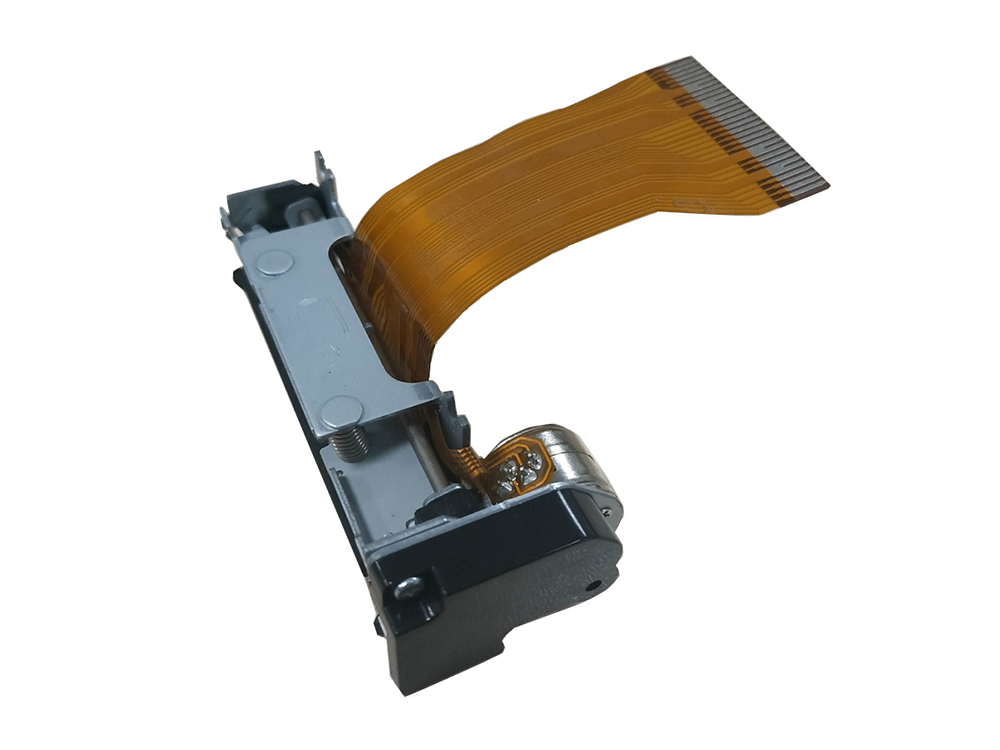
Specification
Printing method |
Thermal dot printing |
Number of dots |
384dots/line |
Resolution |
8dots/mm |
Valid Printing width |
48mm |
Paper width(mm) |
58mm |
Paper feed pitch |
0.0625mm |
Dimension(mm) |
70.1x21.8x30.0 |
Weight(g) |
45g |
Head temperature |
By thermistor |
Paper end sensor |
By photo interrupter |
For printer head(V) |
4.2~8.5 |
For logic(V) |
2.7~5.25 |
Operating temperature(℃) |
10%~8(no condensation) |
Operating humidity(RH) |
-20%~70%(no condensation) |
Storage temperature (℃) |
-25~70(no condensation) |
Storage humidity(RH) |
5%~95%(no condensation) |
Thermal head specifications
Number of Heat Elements |
384 dots |
Dot distance |
0.125mm |
Dot size |
0.11mm x 0.10mm |
Paper feed pitch |
0.0625m |
Valid printing width |
48mm |
Average Resistance Value |
176Ω±4% |
Operating voltage |
4.2~8.5V |
Pulse life |
100 million pusle |
Mechanical life |
>50KM |
Life test conditions |
25 ° C, the heating time ratio is not more than 12.5%. |
Application
Automotive
Calculators
Data terminal devices
EFT POS
Fiscal printers
Hand held terminals
Measuring instruments and analysers
Medical equipment
Portable printers and terminals
Taxi meters
Express
TP173: The Swift and Compact Thermal Printer Mechanism for Diverse Industries
The TP173 thermal printer mechanism series, designed for compatibility with SEIKO LTPZ245D-C384-E, is a compact powerhouse that delivers swift and precise printing in a variety of applications. This mechanism is engineered for industries that require a blend of speed, accuracy, and dependability in a small form factor.
The TP173's high DPI of 203, equivalent to 8 dots/mm, ensures that every print is crisp and clear, with a valid printing width of 48mm. Its fast print speed of up to 90mm/s is ideal for high-volume printing environments such as EFT POS and fiscal printers, where speed is crucial.
The mechanism's lightweight design at 45g and compact dimensions of 70.1x21.8x30.0mm make it an excellent choice for portable devices and space-constrained applications. The unique movement design simplifies paper loading, reducing maintenance time and increasing operational efficiency.
The TP173's thermal head, with 384 dots and a dot distance of 0.125mm, provides a clear and defined printing area. Its operating voltage range of 4.2V to 8.5V and a pulse life of 100 million pulses, along with a mechanical life of over 50KM, demonstrate the printer's durability and longevity.
The TP173 is designed to operate in a wide range of temperatures from 10% to 8°C and humidity levels from -20% to 70% RH, making it suitable for various climates. Storage conditions are also flexible, with the mechanism able to withstand temperatures from -25°C to 70°C and humidity levels from 5% to 95% RH.
The TP173's versatility extends to its applications, covering a wide spectrum from automotive and medical equipment to data terminal devices and express services. Its adaptability makes it a valuable asset in any industry that requires reliable and efficient printing solutions.
Choose the TP173 for your next project and benefit from its swift performance, compact design, and durability in a thermal printer mechanism that is designed to meet the demands of today's dynamic printing environments.

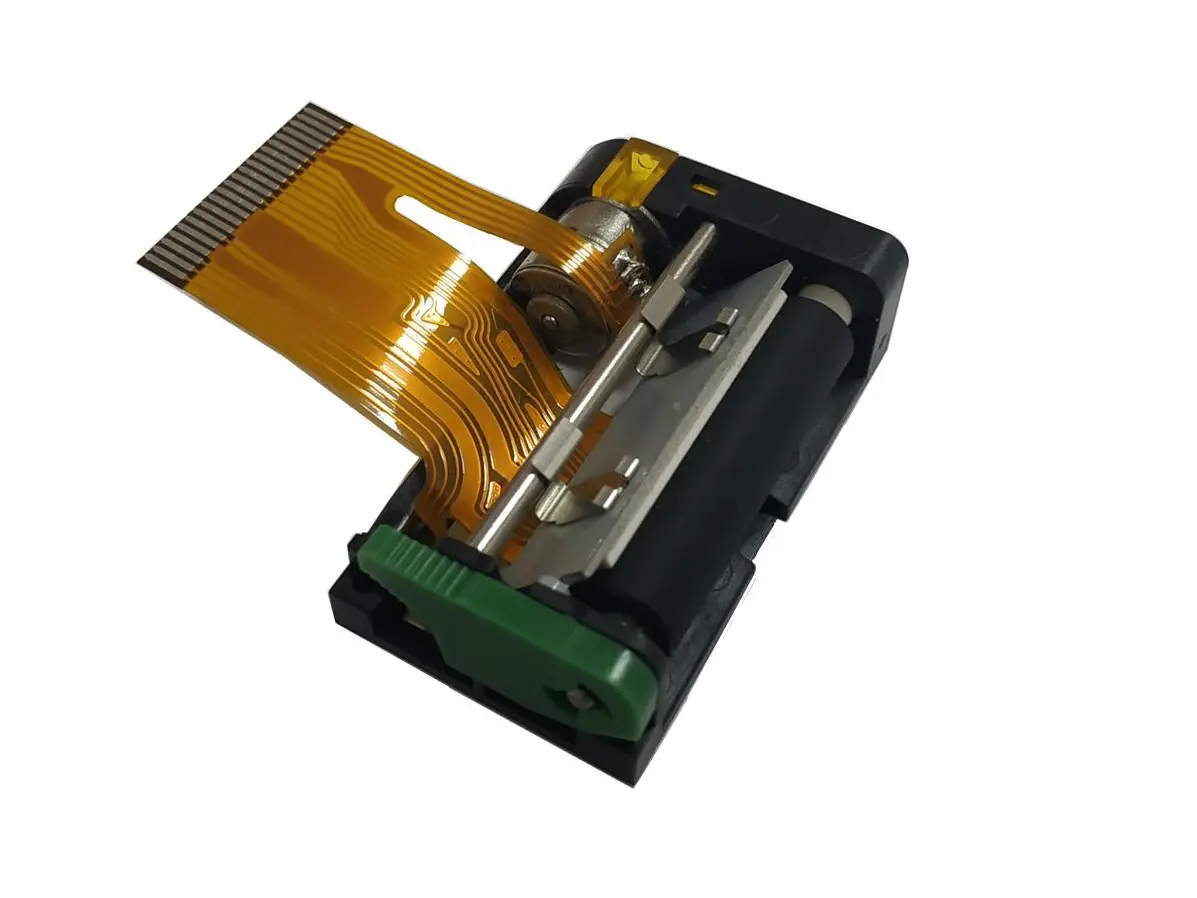 1 inch thermal printer mechanism
1 inch thermal printer mechanism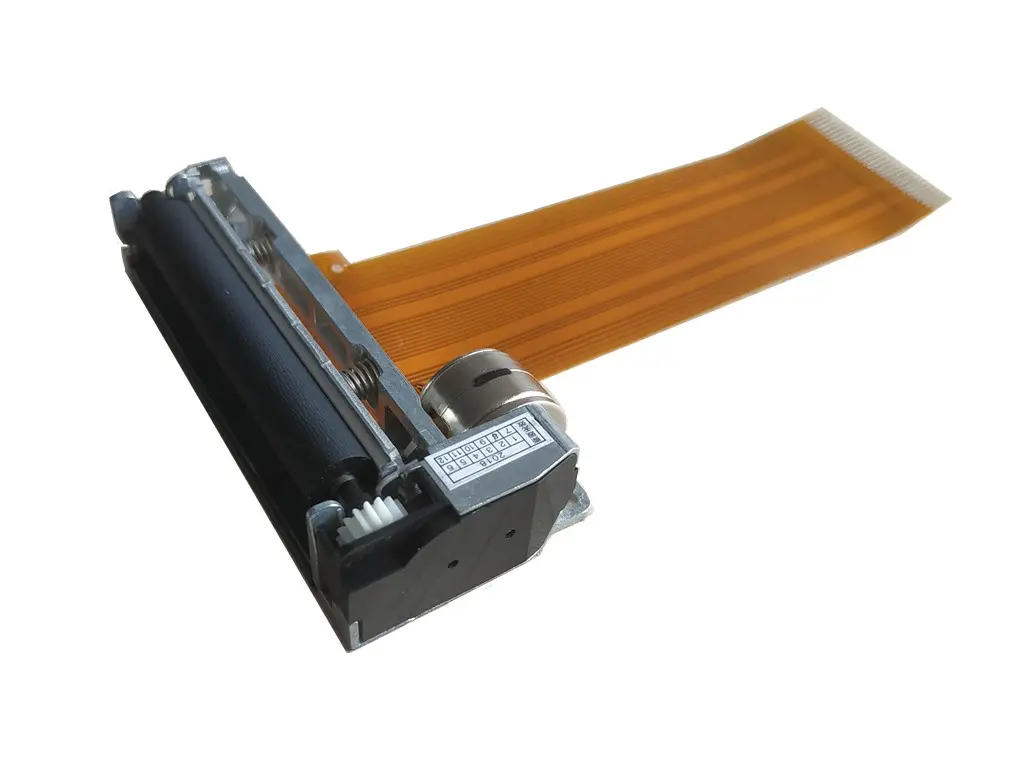 2 inch thermal printer mechanism
2 inch thermal printer mechanism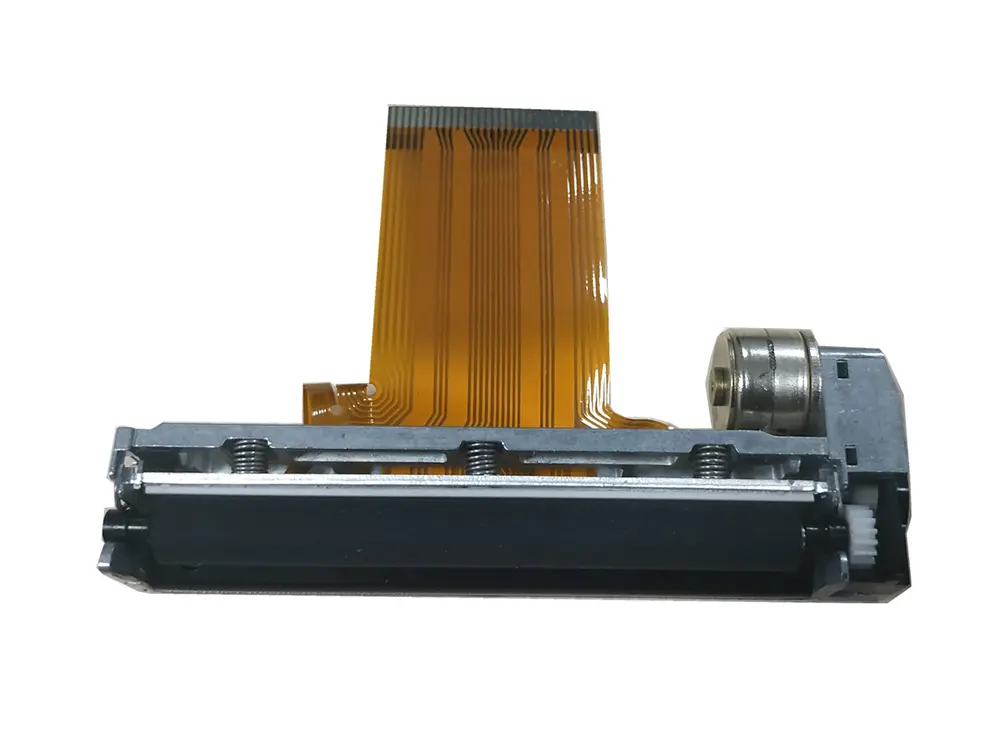 3 inch thermal printer mechanism
3 inch thermal printer mechanism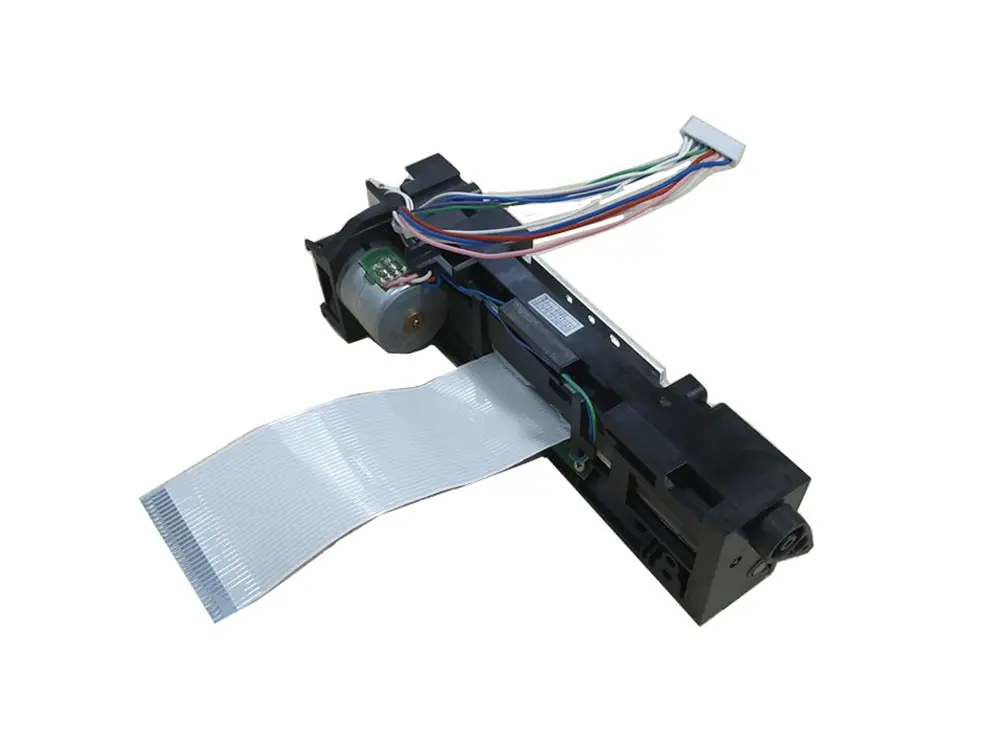 4 inch thermal printer mechanism
4 inch thermal printer mechanism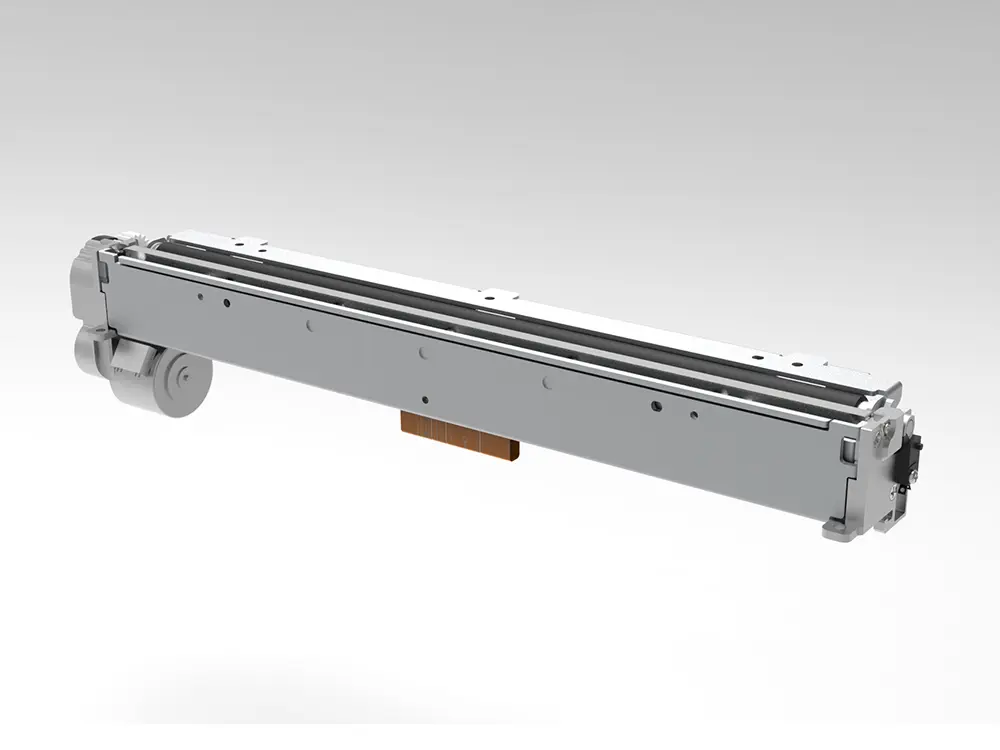 8 inch thermal printer mechanism
8 inch thermal printer mechanism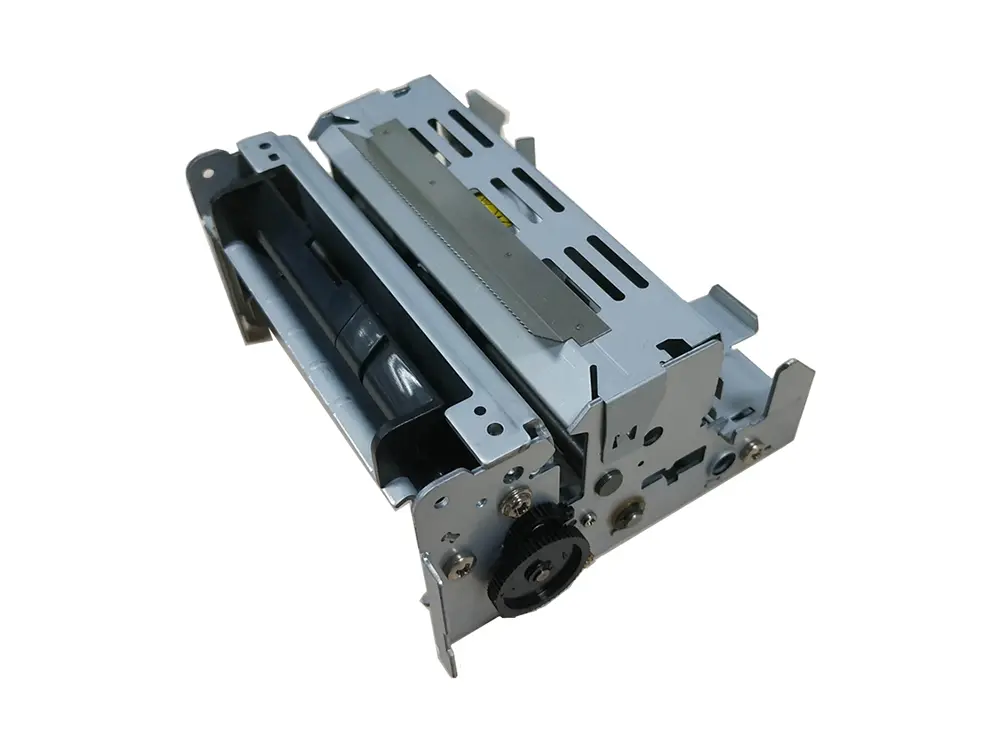 dot matrix printer mechanism
dot matrix printer mechanism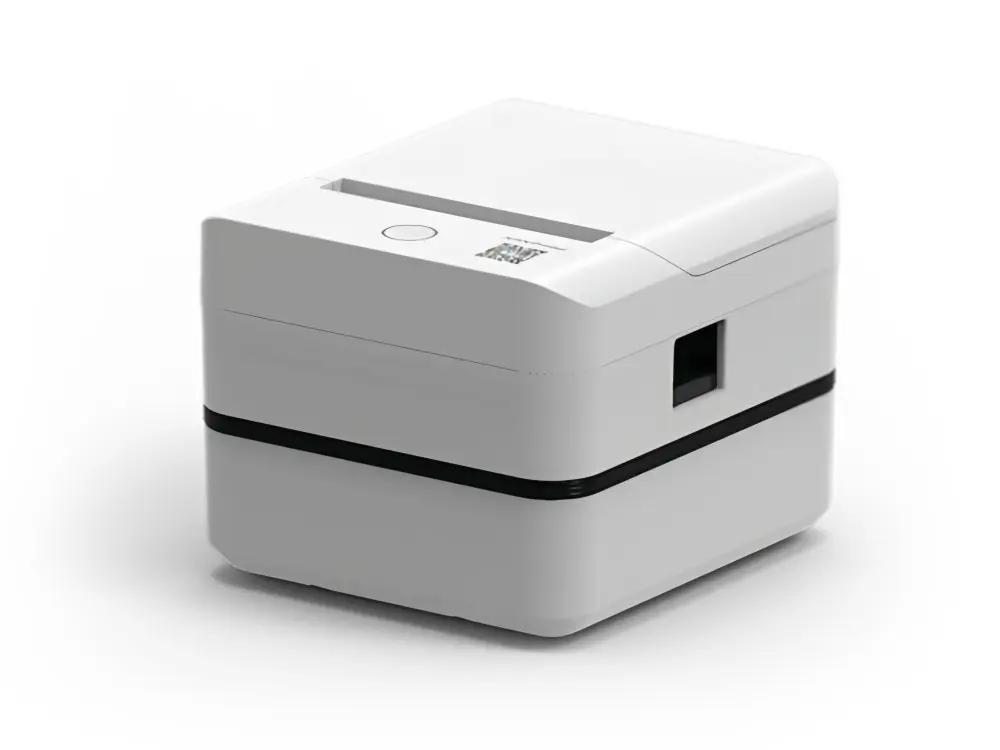 Label Printer
Label Printer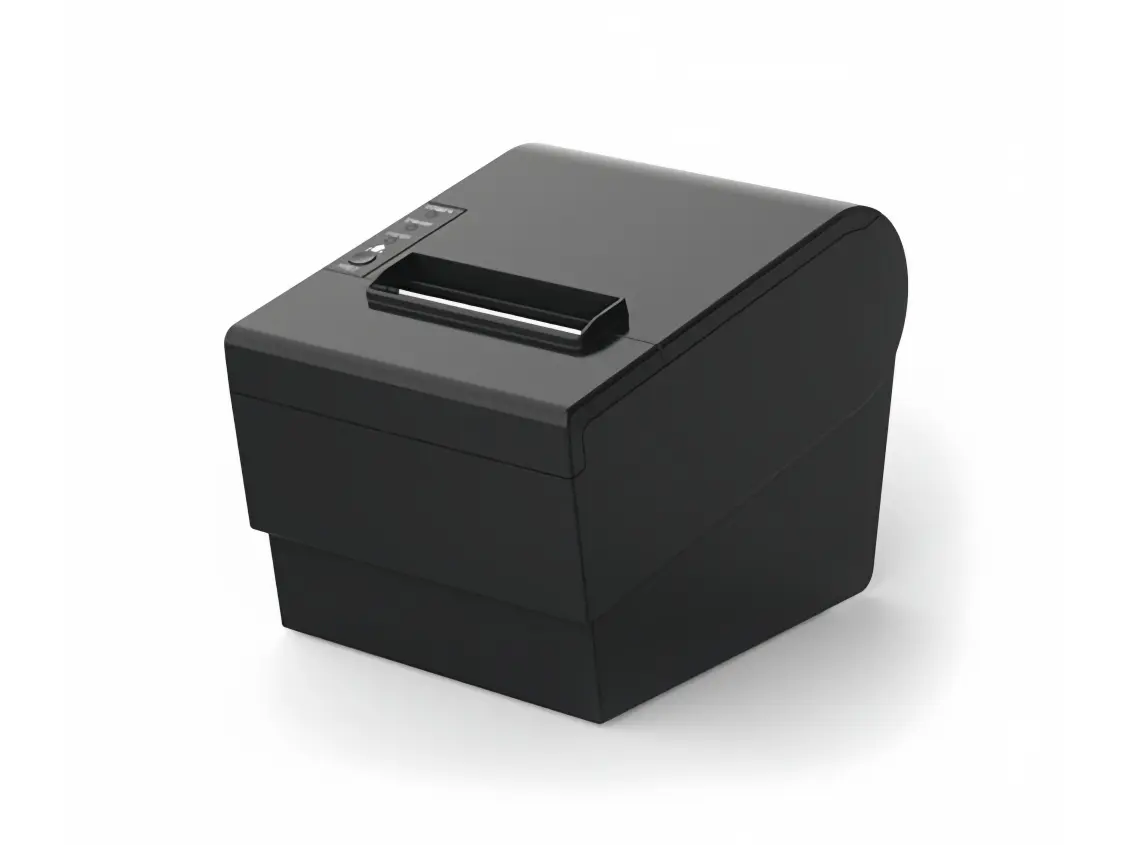 Receipt Printer
Receipt Printer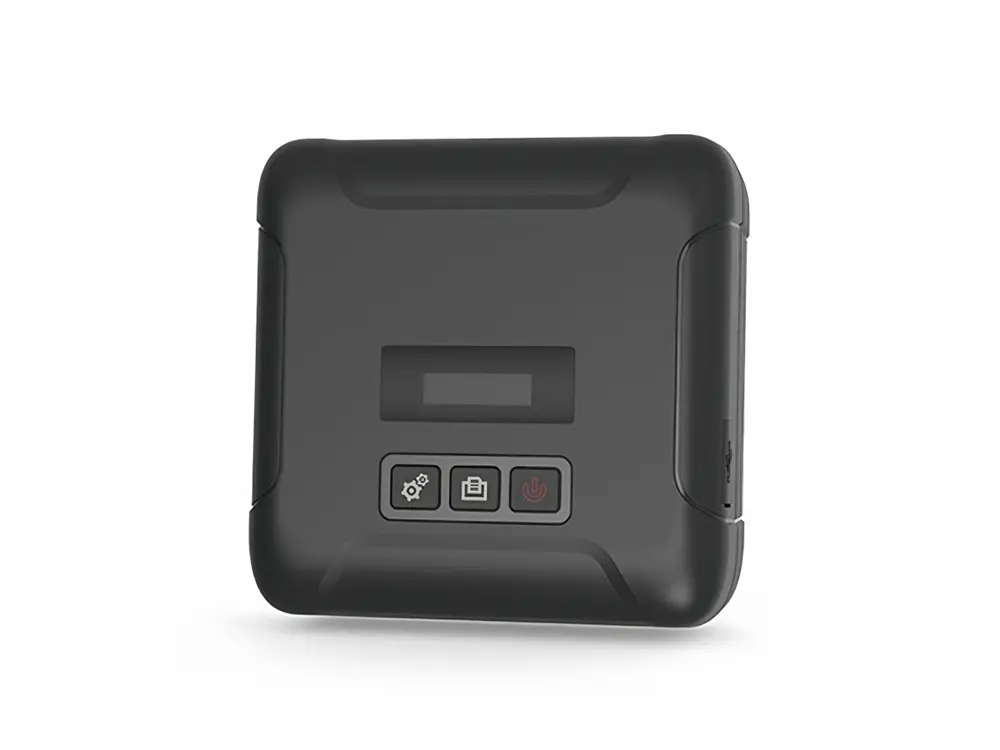 Mobile Printer
Mobile Printer


